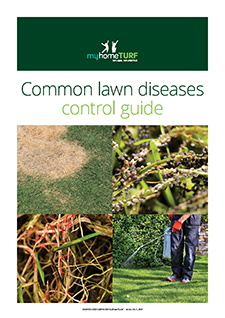How to Control Grey Leaf Spot in your Lawn
Grey Leaf Spot is a fungal disease that can affect both grassy and broadleaf plants. The disease is often a problem during wet and humid spring weather. Lawns infected with ...

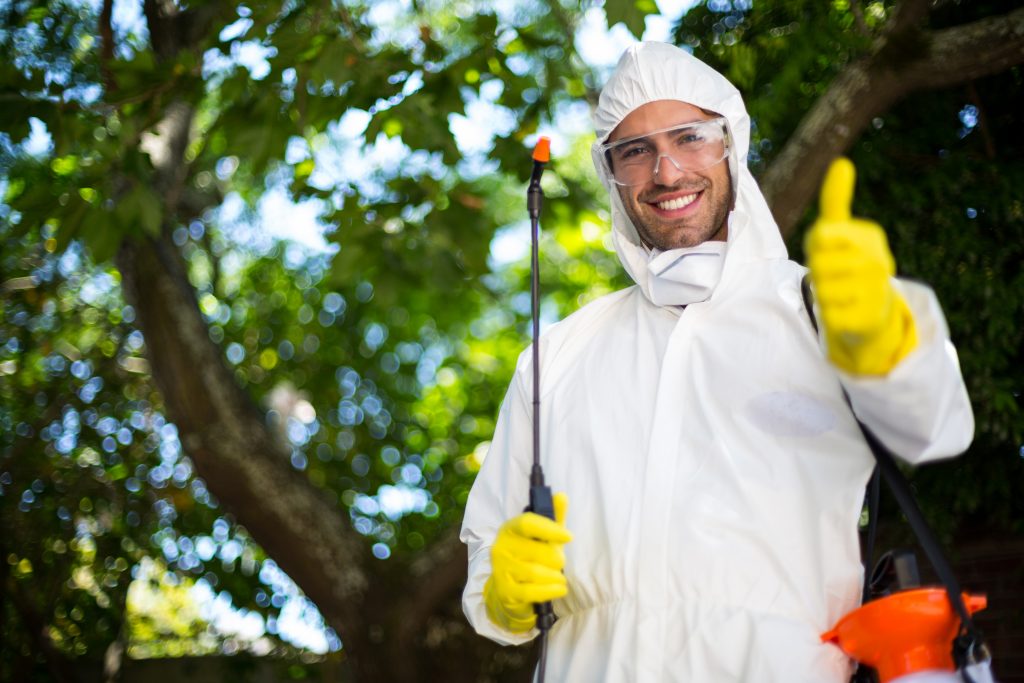 Proper Personal Protective Equipment (PPE) is a good investment, especially when working with volatile products on and around your lawn.
Proper Personal Protective Equipment (PPE) is a good investment, especially when working with volatile products on and around your lawn.
Most people have a natural aversion to PPE and doubt their importance thinking: “That chemicals pose no real threat to me, so why should I worry about it?”
However, the chemical user is legally responsible to follow all guidelines re personal protective clothing and equipment listed on any chemical label.
There are three factors that dictate the type of protection needed:
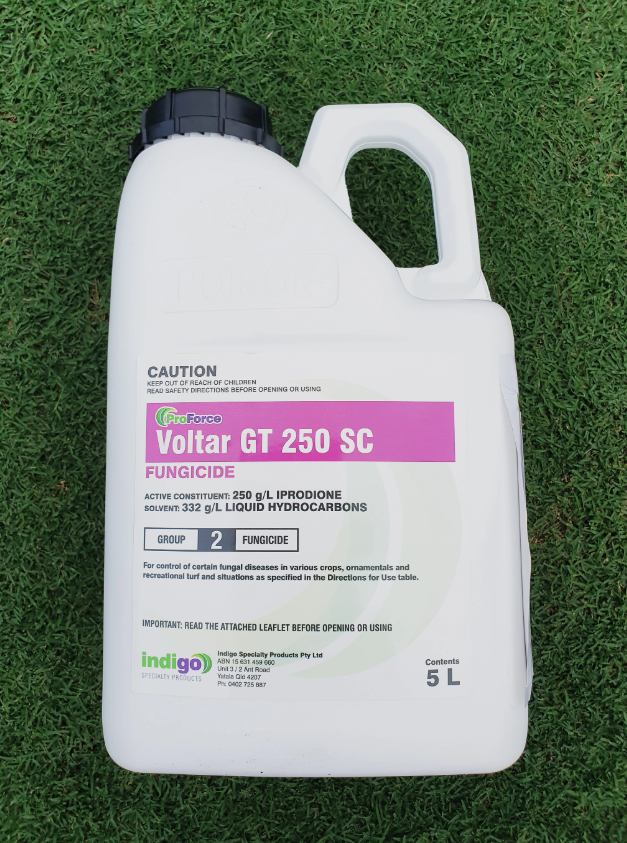 Always read the chemical label completely before opening the container and make sure you have all the proper PPE that is listed.
Always read the chemical label completely before opening the container and make sure you have all the proper PPE that is listed.
Any household items used for chemical use, such as measuring cups, stir sticks, etc… should not be reused in the house.
Pay close attention to label instructions regarding re-entry times. The use of certain products may require that people or pets stay off the sprayed lawn area for a specific amount of time.
Store all chemicals, spraying equipment, and mixing containers away from the reach of children or pets. These chemicals must be kept in the original container with the label intact, usually in a cool dark place.
Be careful not to store chemicals in a warm environment as this can change the molecular structure of the chemicals and may reduce their effectiveness. Also do not store the chemicals for longer than what is recommended on the label. Old chemicals also do not work as well.
Be aware that not all organic herbicides are “safe” so read labels carefully and if you are unsure, research the product or use a product you are familiar with.
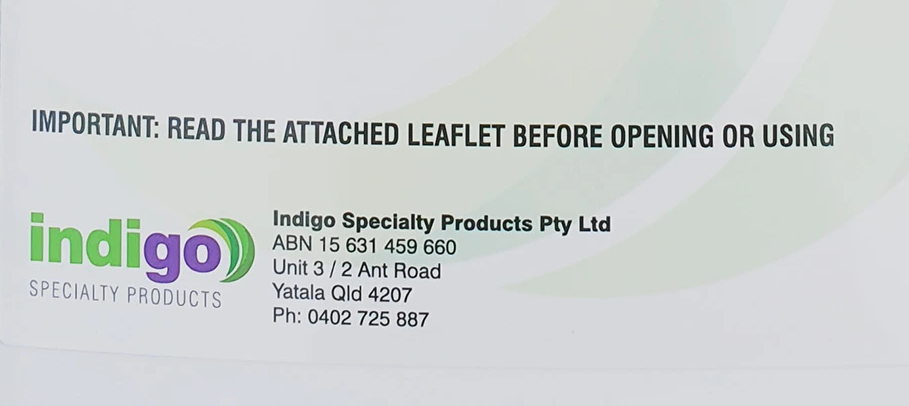 The chemical label is a legal document and contains a lot of vital information for the user.
The chemical label is a legal document and contains a lot of vital information for the user.
Any label additions printed after the label is attached supersede the label and will usually be on a specific section of the label.
Pesticide and herbicide lawn users are required by law to comply with all the instructions and directions on the label.
A lot of the manufacturers have the Product Specifications on their website which can be a good source of information if reading the little label is difficult!
Typically, the eyes and skin are most exposed when applying or handling (loading, reorganising, reading labels, etc…) lawn chemicals.
For skin exposure, PPE gear starts with gloves, rubber boots, and long sleeves/long pants.
Chemical-resistant gloves that cover the hand and forearm provide good protection from all dangerous lawn chemicals.
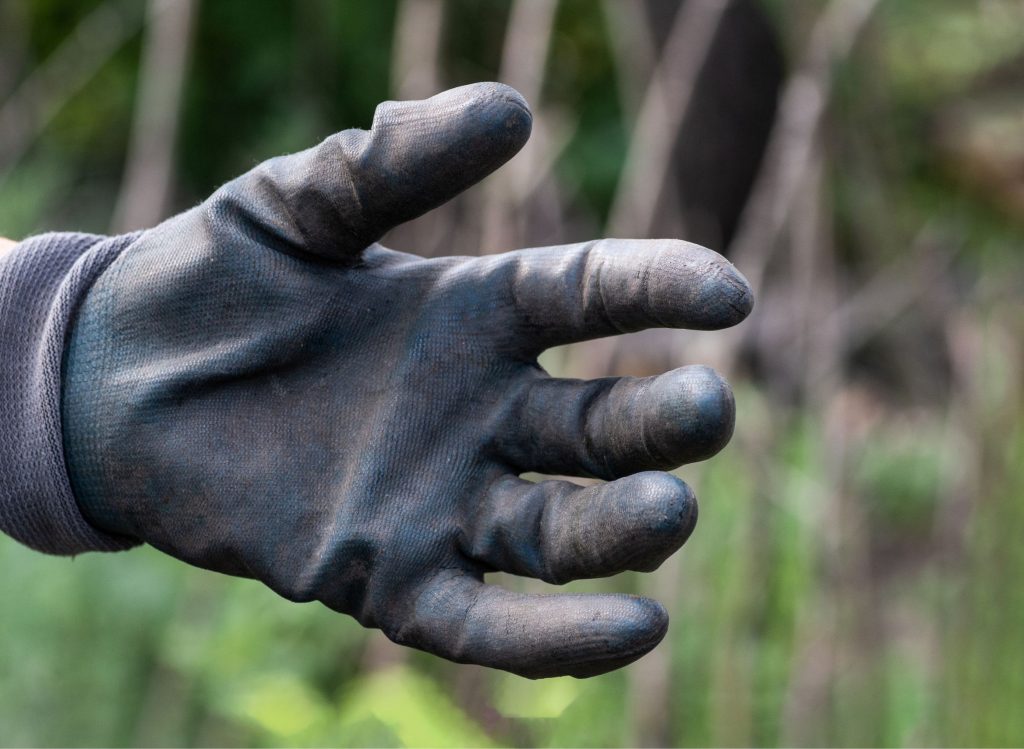 Unlined gloves made of nitrile, neoprene, or butyl rubber are excellent choices. Quality gloves are not expensive, and, depending on the frequency of use, manufacturer and product choice, gloves may last up to a month.
Unlined gloves made of nitrile, neoprene, or butyl rubber are excellent choices. Quality gloves are not expensive, and, depending on the frequency of use, manufacturer and product choice, gloves may last up to a month.
Appropriate PPE footwear is often forgotten when applying or handling lawn chemicals, such as pesticides.
If a liquid lawn chemical product is spilled on leather boots, it is possible for the chemical to be absorbed as it soaks through. If this occurs, immediately consult the label for information on how to reduce harm to your body.
More importantly, always read the label before mixing or applying the chemical so that this information is already known, and you can act immediately.
In short, we advise that chemical-resistant boots or shoe coverings should be worn. Use the chemical label as a guide when choosing footwear.
Covering the leg and arms when using lawn chemicals is also important, so long-sleeved shirts and pants are advised.
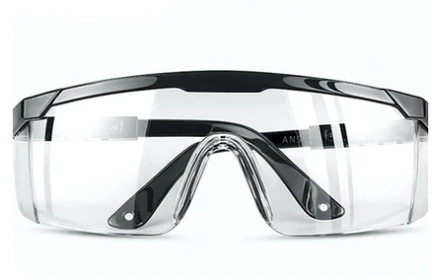 For eye protection, consider the wide array of choices for PPE goggles.
For eye protection, consider the wide array of choices for PPE goggles.
Most PPE goggles are designed to fit over eyeglasses, and some have shielded vents that allow for reduced fogging and heat build-up.
All PPE goggles are designed to prevent splash and particle drift during application.
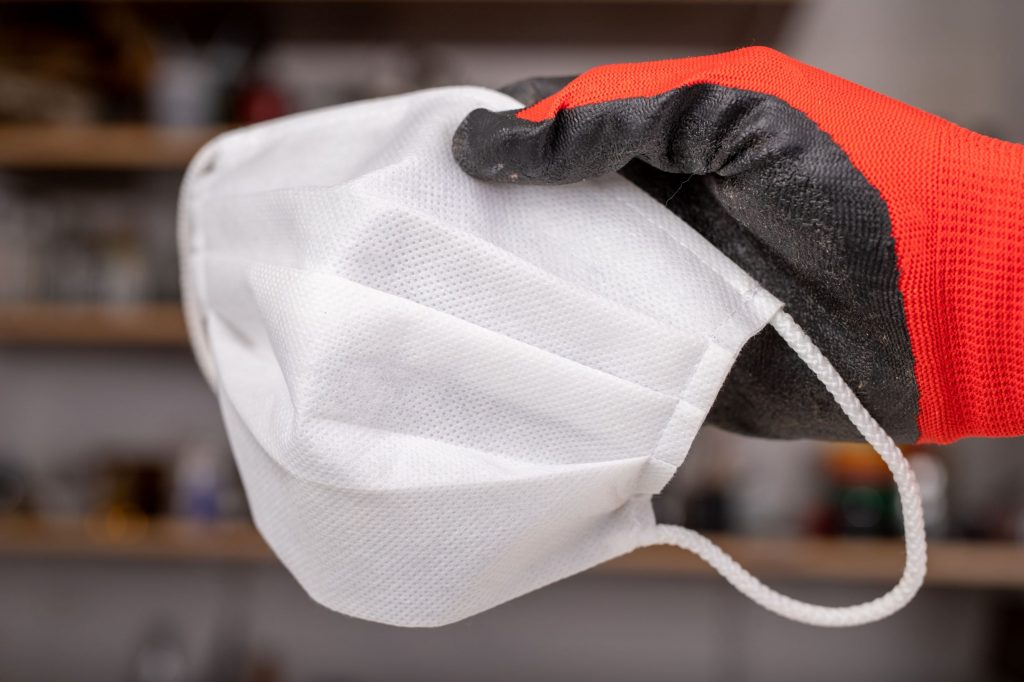 During the mixing of lawn chemicals, the use of a face shield and rubber apron is essential.
During the mixing of lawn chemicals, the use of a face shield and rubber apron is essential.
As mentioned above, think about what parts of the body these pieces of protective equipment cover.
In addition, when mixing, you are working with a more concentrated version of the chemical than when applying and the risk is dramatically increased.
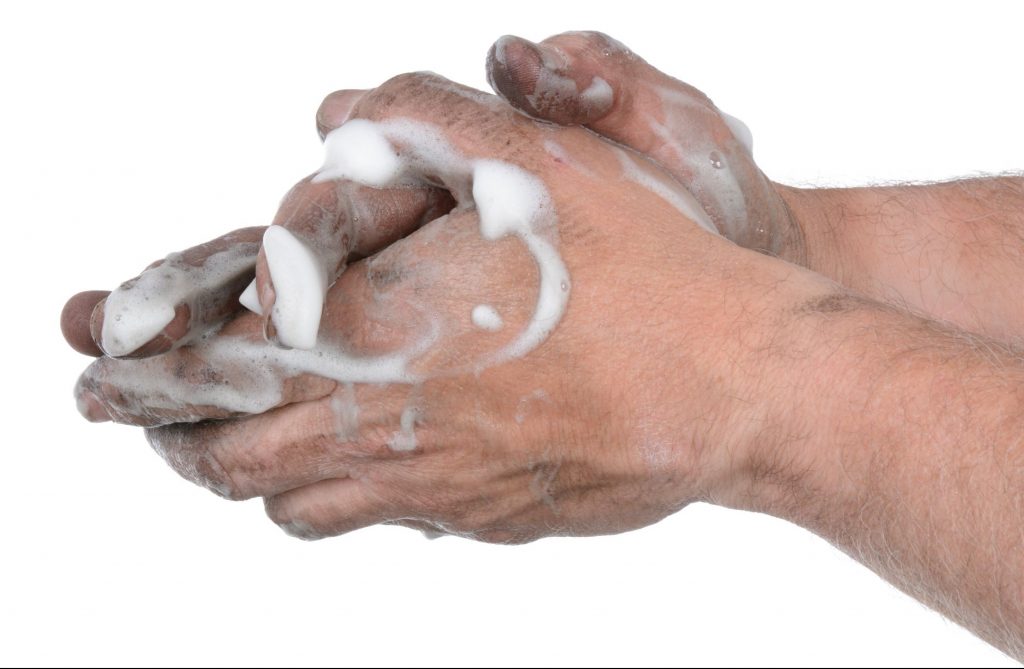 Good personal hygiene while working with lawn chemicals is important, this includes hand washing, avoiding smoking and wearing safe clothes.
Good personal hygiene while working with lawn chemicals is important, this includes hand washing, avoiding smoking and wearing safe clothes.
Also, it’s a good idea to frequently change hats as chemicals are commonly transferred from shirt sleeves to the forehead when wiping sweat in hot weather.
If any lawn chemical users suspects they have been overly exposed to a product, be aware of the signs and symptoms of poisoning and take appropriate medical action. Read the label and seek medical advice.
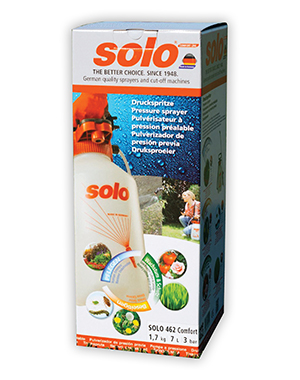
Solo 7Ltr quality pressure sprayer suitable for plant protection chemicals. This innovative sprayer can be adapted from a single spray nozzle, to either a dual spray bar or four spray bar.
SHOP NOW
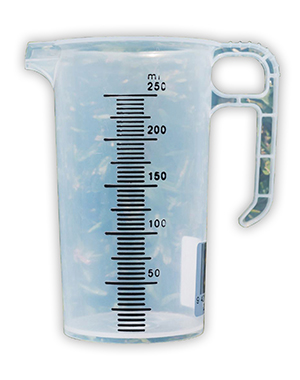
myhomeTURF’s Measuring Kit is designed to suit all your lawn care product measuring requirements. When adhering to appropriate PPE rules and regulations a Measuring Kit is one of the key tools that should be used.
The Measuring Kit includes:
*Please note all prices now include GST.
SHOP NOWSign up for our Newsletter to receive your free guide.
